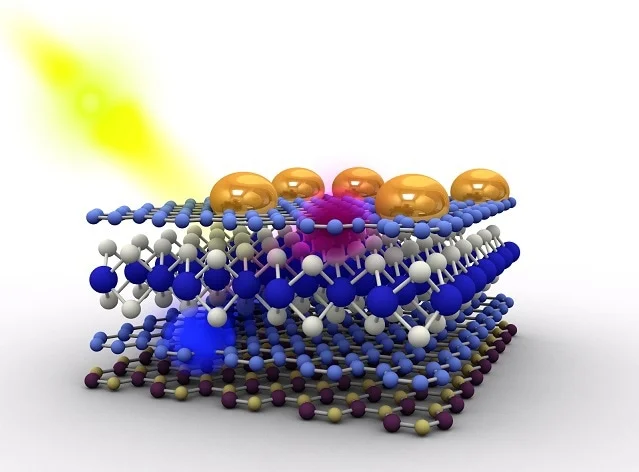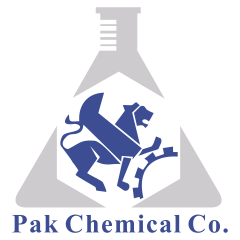The synthesis, characterization, and photocatalytic performance of polyvinyl alcohol/zinc oxide (PVA/ZnO) nanocomposites are important. Polyvinyl Alcohol/Zinc Oxide (PVA/ZnO) nanocomposites exhibit excellent structural stability and photocatalytic activity for environmental remediation applications. These materials have applications in environmental remediation, optoelectronic devices, and biomedical engineering. In this work, we synthesized PVA/ZnO nanocomposites using a bottom-up chemical precipitation method. We systematically compared their properties with pure zinc oxide (ZnO) nanoparticles. We evaluated structural, optical, and photocatalytic features in detail.
Environmental significance
Environmental pollution, particularly the contamination of water resources with toxic dyes and heavy metals, has become a critical global challenge. Among various dyes, crystal violet is a cationic dye with high solubility in water and ethanol, exhibiting strong absorption around 590 nm. Its toxicity and persistence make it a serious environmental hazard. Conventional wastewater treatment methods such as adsorption and coagulation often suffer from limited efficiency and high cost. In contrast, photocatalytic degradation using semiconductor-based nanocomposites provides an efficient, cost-effective, and environmentally friendly solution for dye removal.
Synthesis and structural characterization
PVA/ZnO nanocomposites were synthesized via chemical precipitation, where polyvinyl alcohol acted as a stabilizer and modifying agent. X-ray diffraction (XRD) confirmed the wurtzite crystalline structure of ZnO. Incorporation of PVA reduced the intensity of ZnO peaks. This reduction is attributed to mixed phases and increased structural strain. The calculated crystallite size of ZnO was below 50 nm. The nanocomposites showed higher dislocation density and microstrain than pristine ZnO. These results indicate enhanced defect density due to PVA incorporation.
Transmission electron microscopy (TEM) showed polycrystalline nanoparticles in both ZnO and PVA/ZnO. The particles had pebble-like morphology. Their average size was below 49 nm. Scanning electron microscopy (SEM) confirmed uniform nanoparticle distribution. Energy-dispersive X-ray spectroscopy (EDX) verified elemental uniformity within the polymer matrix.
Optical and mechanical properties
Optical characterization using UV-Vis absorption spectroscopy showed band gap energies of 3.14 eV for ZnO and 3.09 eV for PVA/ZnO. The slight reduction in band gap upon PVA incorporation indicates improved light absorption, which is favorable for photocatalytic applications. Photoluminescence (PL) studies demonstrated that PVA reduced the non-radiative recombination of charge carriers, leading to enhanced optical performance.
Mechanical evaluation based on deformation models and Young’s modulus calculations revealed that the PVA/ZnO nanocomposites exhibited higher stress tolerance and greater energy density compared to pure ZnO. The flexible polymer matrix improves stress distribution and reinforces the material at the nanoscale.
Photocatalytic performance
We assessed the photocatalytic activity of ZnO and PVA/ZnO nanocomposites by monitoring crystal violet dye degradation under UV irradiation. After 90 minutes of exposure, ZnO achieved a degradation efficiency of 49%, while PVA/ZnO achieved 48%. The overall efficiency was slightly lower for PVA/ZnO. The rate constants were 0.00747 min⁻¹ (ZnO) and 0.00694 min⁻¹ (PVA/ZnO). These values indicate comparable photocatalytic performance. The small difference suggests that PVA coating modifies ZnO surface states. This alteration influences the photocatalytic pathway without major activity loss.
Broader applications and future potential
Beyond dye degradation, PVA/ZnO nanocomposites hold potential in multiple advanced applications. The unique combination of polymer flexibility and metal oxide functionality makes them suitable for use in:
Environmental remediation: degradation of organic pollutants, wastewater treatment, and disinfection.
Optoelectronics: sensors, light-emitting devices, and photodetectors due to enhanced optical response.
Biomedical engineering: drug delivery, antimicrobial coatings, and tissue engineering scaffolds.
Energy storage and conversion: supercapacitors, solar cells, and zinc-ion batteries.
The incorporation of PVA not only improves nanoparticle dispersion but also modifies the electronic structure, reduces charge carrier recombination, and enhances stability. These features expand the applicability of PVA/ZnO nanocomposites in both environmental and technological domains.
Conclusion
This study demonstrates the successful synthesis and characterization of polyvinyl alcohol/zinc oxide nanocomposites using a chemical precipitation method. Structural analyses confirmed nanoscale particle sizes with enhanced strain and defect density due to PVA incorporation. Optical studies highlighted a reduced band gap and improved charge separation, while mechanical analyses revealed higher stress tolerance in the composite system. Photocatalytic experiments showed that PVA/ZnO exhibits comparable efficiency to pure ZnO in crystal violet degradation, with promising implications for wastewater treatment.
Overall, the findings highlight the potential of PVA/ZnO nanocomposites as multifunctional materials with applications in photocatalysis, environmental remediation, and optoelectronic devices. Further optimization of synthesis parameters and hybridization with other nanostructures may lead to improved performance in advanced technological applications.
Keywords: Synthesis, Characterization, Photocatalytic performance, Polyvinyl alcohol (PVA), Zinc oxide (ZnO), Nanocomposite, Crystal violet degradation, Environmental remediation

Read more:
